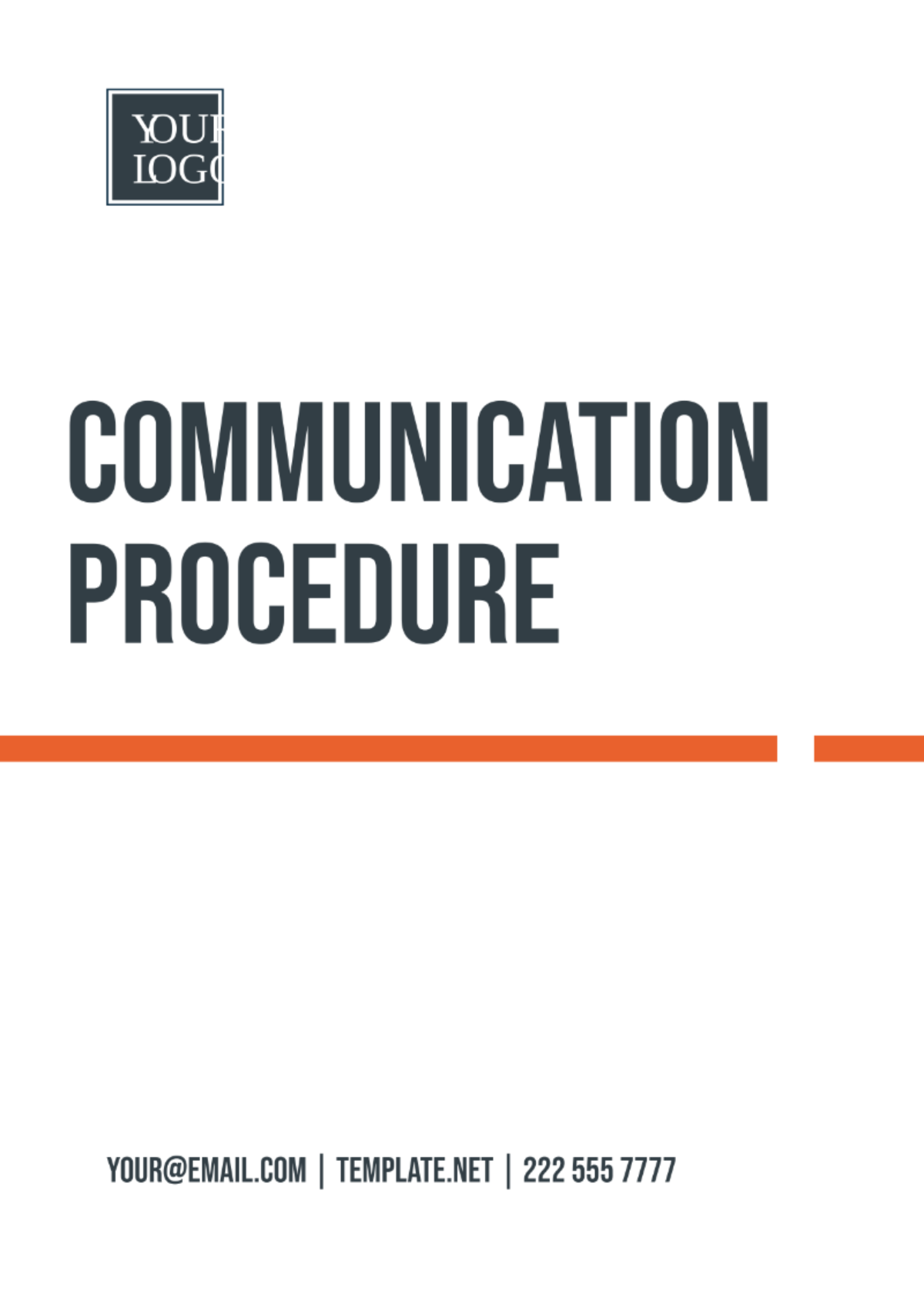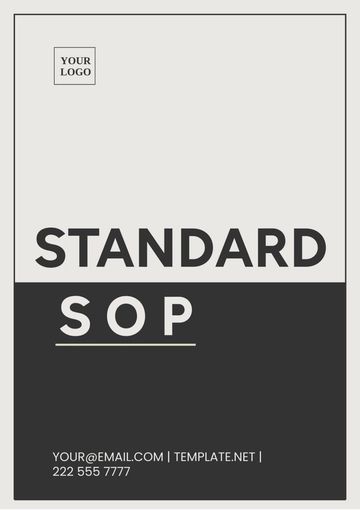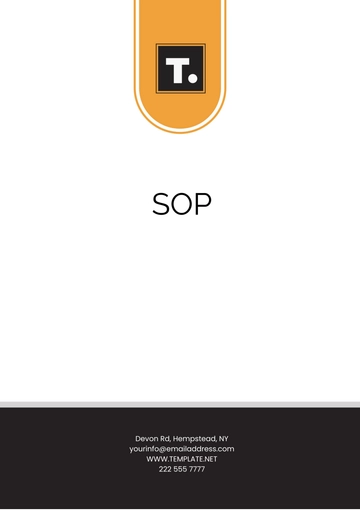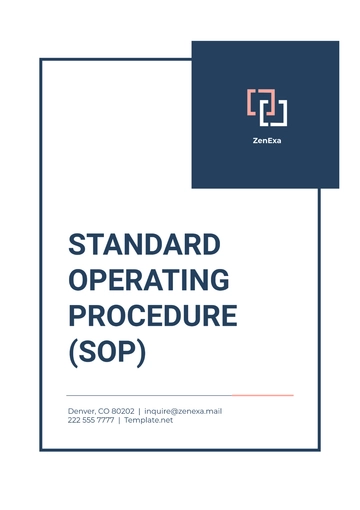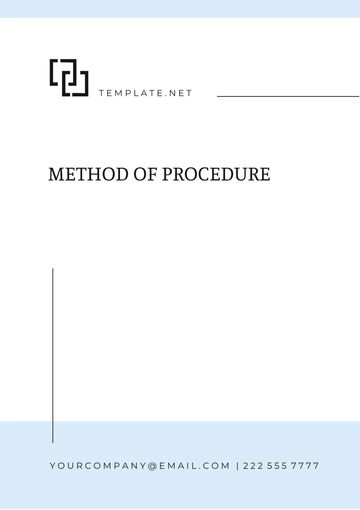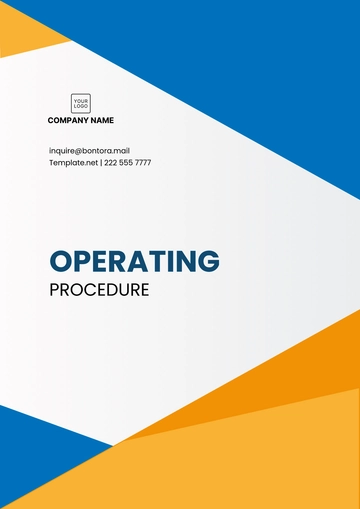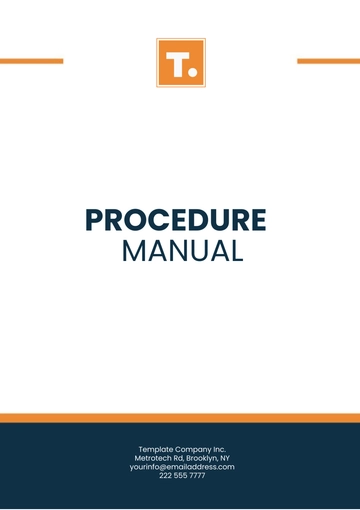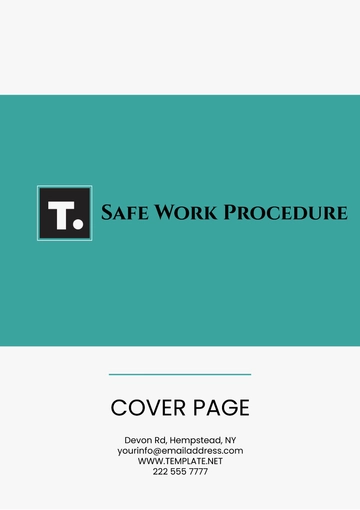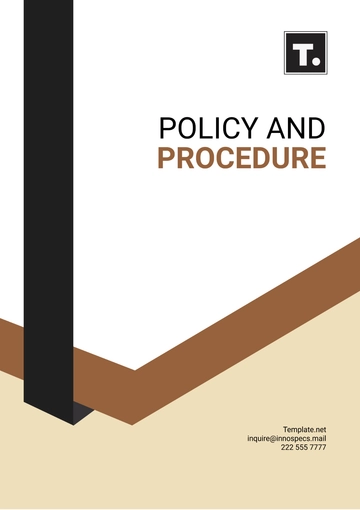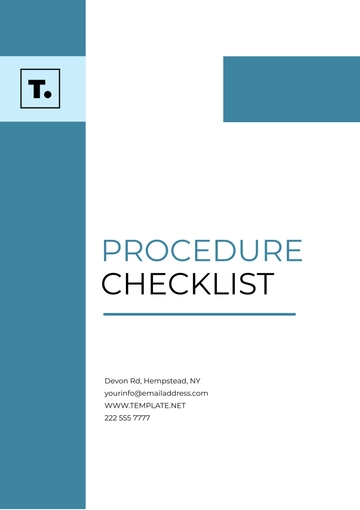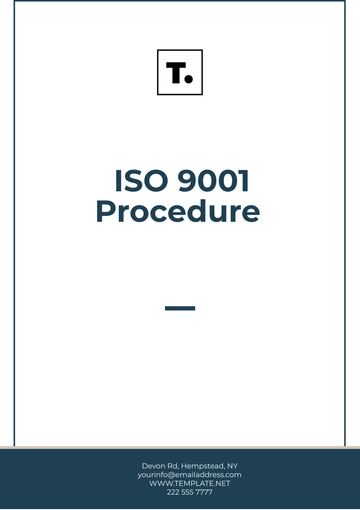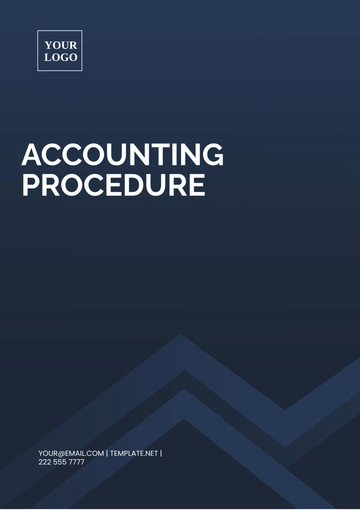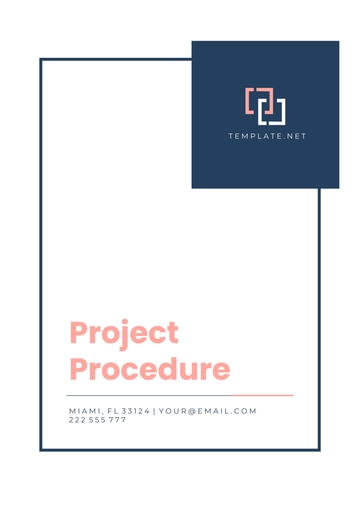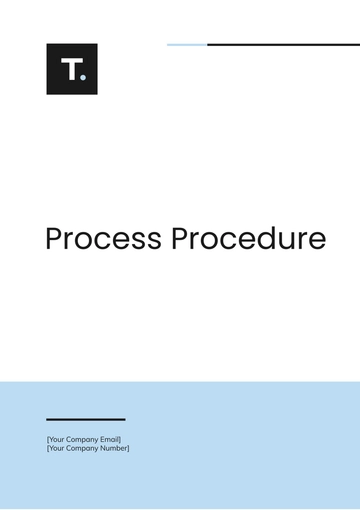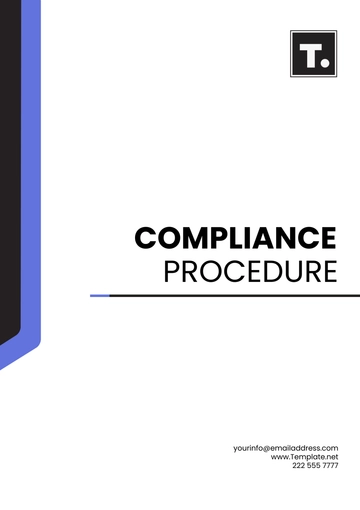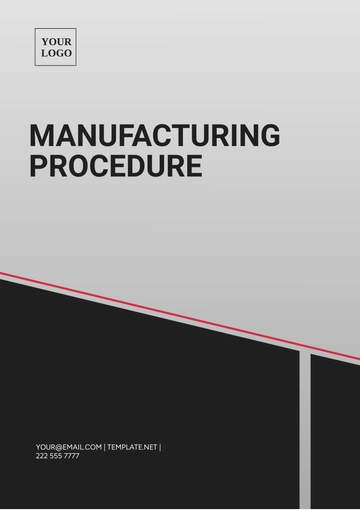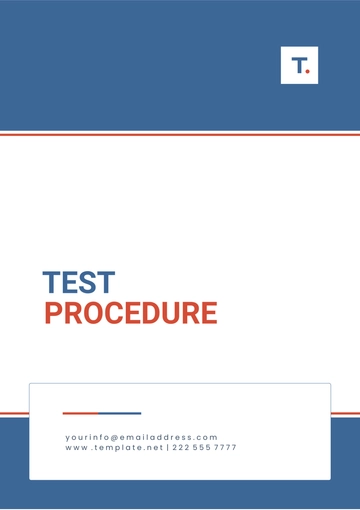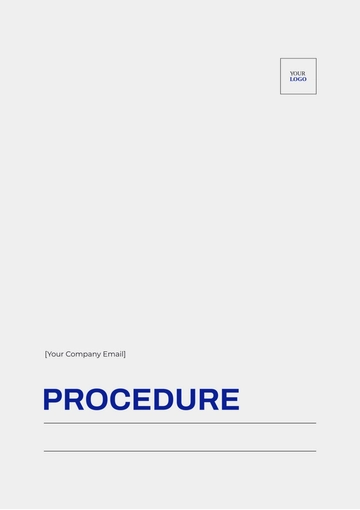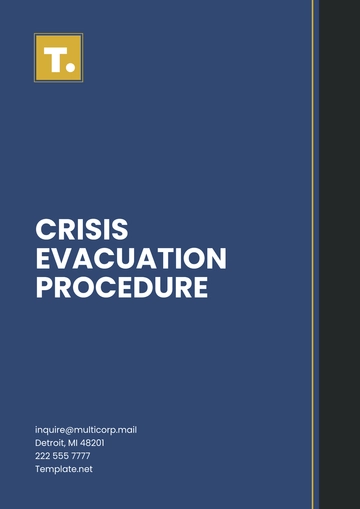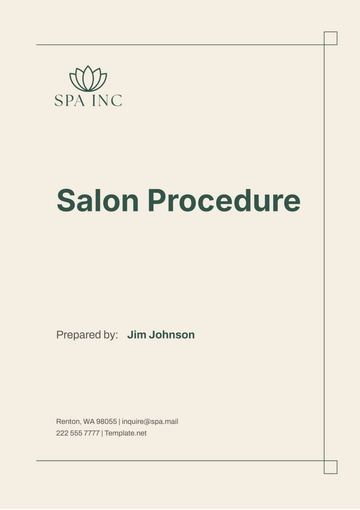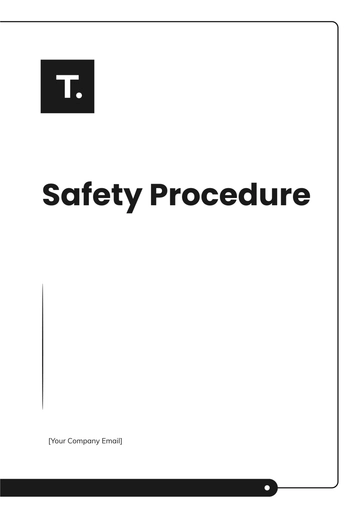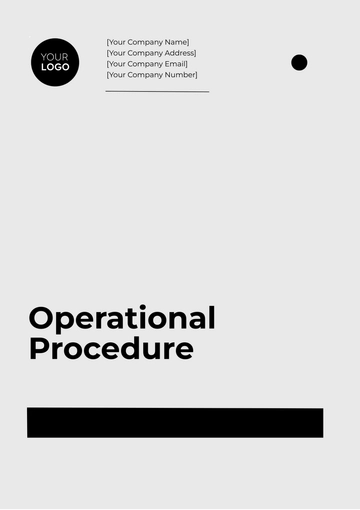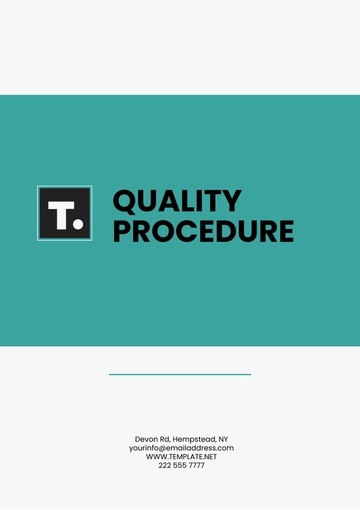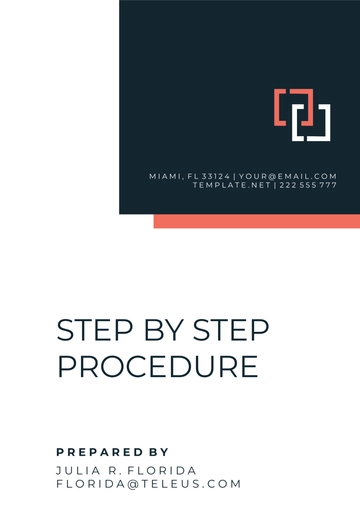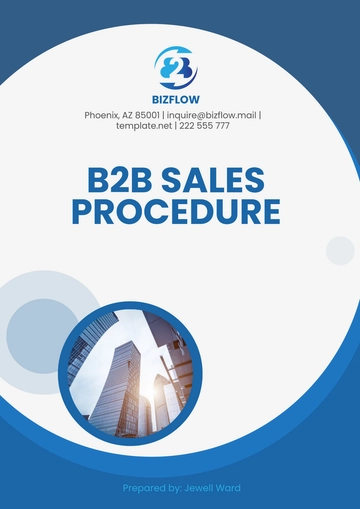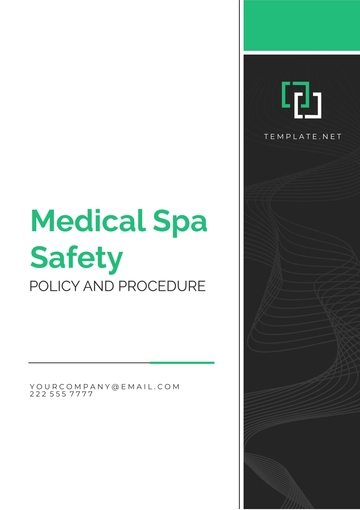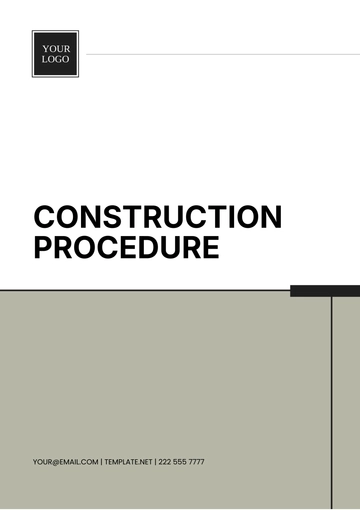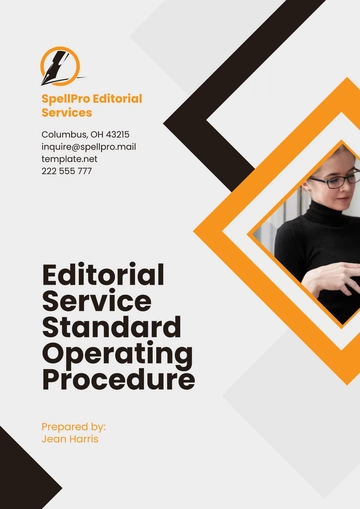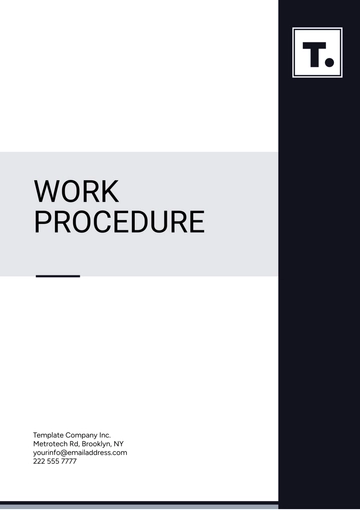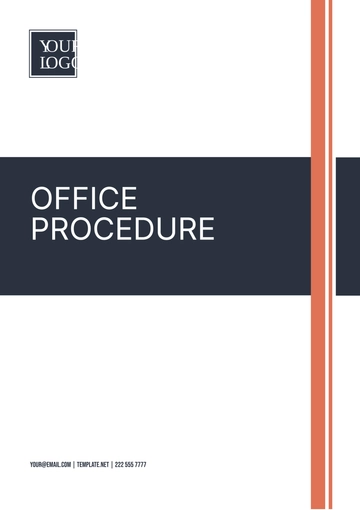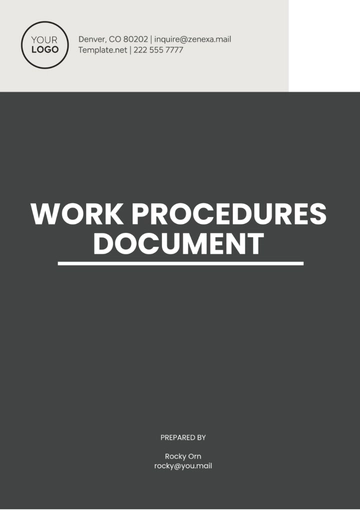Communication Procedure
Introduction:
This Communication Procedure Template outlines the guidelines and protocols for effective communication within [YOUR COMPANY NAME]. It aims to facilitate clear, timely, and transparent communication channels to enhance collaboration, productivity, and organizational effectiveness.
Scope:
This procedure applies to all employees, departments, and external stakeholders involved in communication activities within [YOUR COMPANY NAME]. It encompasses various communication methods, including verbal, written, electronic, and non-verbal communication.
Purpose:
The purpose of this procedure is to establish standard practices and expectations for communication processes to ensure consistency, accuracy, and professionalism in all interactions. By following this template, [YOUR COMPANY NAME] can improve information flow, reduce misunderstandings, and foster a positive communication culture.
I. Communication Channels and Methods
Identify Communication Needs: Determine the types of information that need to be communicated and the appropriate communication channels and methods for each.
Select Communication Channels: Choose from a variety of communication channels, including face-to-face meetings, emails, phone calls, instant messaging, video conferences, and collaboration tools.
II. Verbal Communication
Face-to-Face Meetings: Schedule and conduct face-to-face meetings for discussions, presentations, brainstorming sessions, and decision-making processes.
Phone Communication: Use phone calls for quick inquiries, updates, clarification, and urgent matters that require immediate attention.
Maintain professionalism, clarity, and courtesy during phone conversations, and document important details for reference.
III. Written Communication
Email Correspondence: Utilize email for formal communication, announcements, memos, reports, and documentation purposes.
Follow proper email etiquette, including clear subject lines, concise messages, and professional tone, and ensure timely responses to emails.
Written Documentation: Prepare written documents, such as policies, procedures, manuals, and reports, using standardized formats and templates.
Review and edit documents for accuracy, clarity, and consistency before distribution, and ensure version control and document management practices are followed.
IV. Electronic Communication Tools
Instant Messaging: Use instant messaging platforms for real-time communication, quick updates, and informal conversations among team members.
Collaboration Tools: Implement collaboration tools, such as project management software, shared calendars, and document repositories, to facilitate teamwork, information sharing, and workflow coordination.
V. Non-Verbal Communication
Body Language: Pay attention to non-verbal cues, such as facial expressions, gestures, and posture, during face-to-face interactions to enhance understanding and rapport.
Visual Communication: Utilize visual aids, such as charts, graphs, diagrams, and presentations, to enhance the clarity and impact of communication messages.
Ensure visual materials are clear, concise, and relevant to the audience, and use them to supplement verbal communication effectively.
Additional Reminders and Tips:
Respect confidentiality and privacy when communicating sensitive or proprietary information.
Listen actively, seek clarification when needed, and respond promptly to communication requests to demonstrate respect and professionalism.
Solicit feedback from employees and stakeholders regularly to identify communication challenges, address concerns, and continuously improve communication processes.
Prepared by | Company Name | Department | Date |
|---|
[YOUR NAME] | [YOUR COMPANY NAME] | [YOUR DEPARTMENT] | [DATE] |
Procedure Templates @ Template.net
